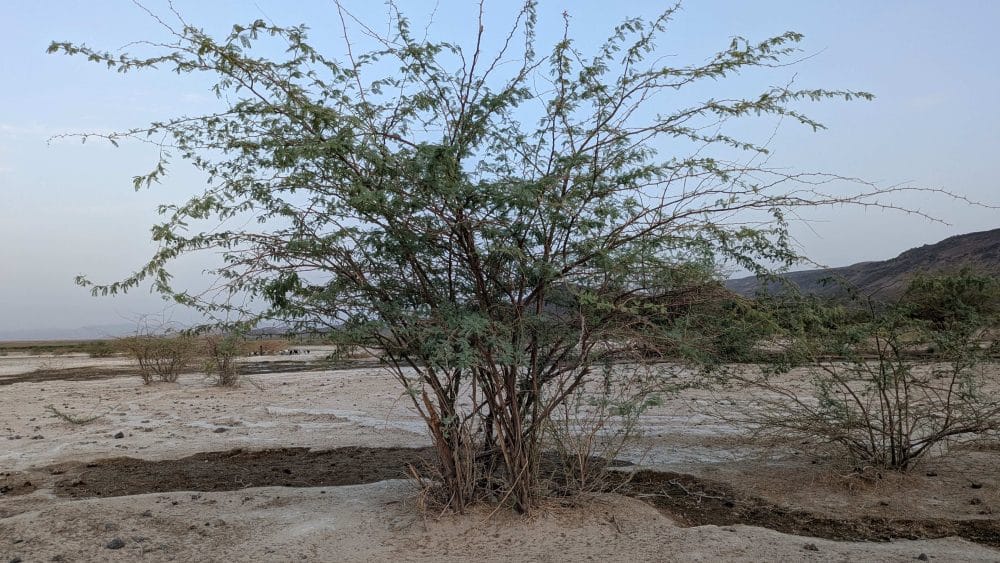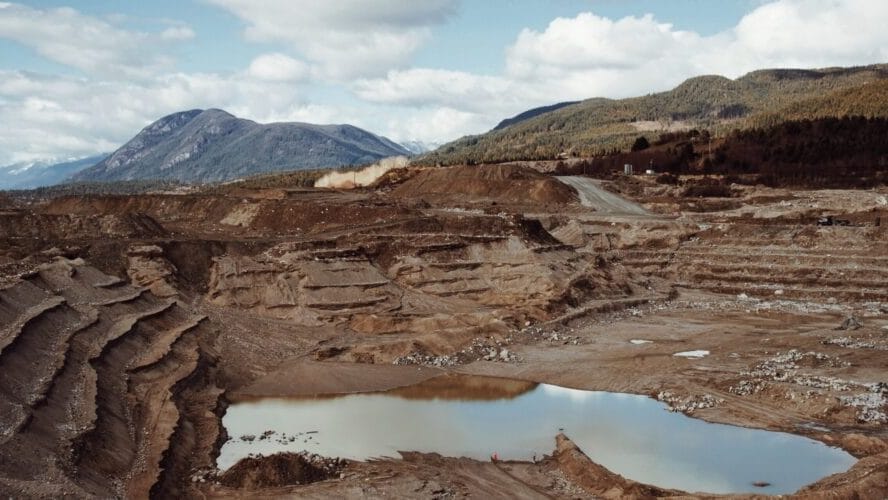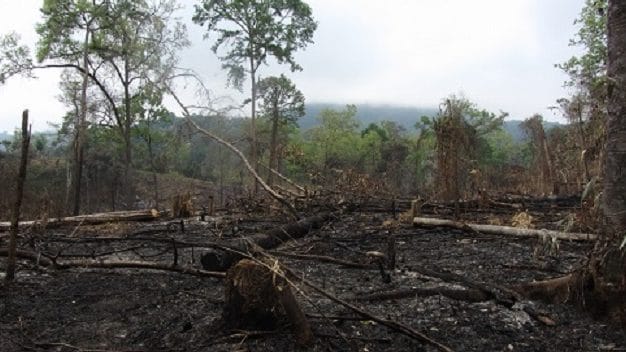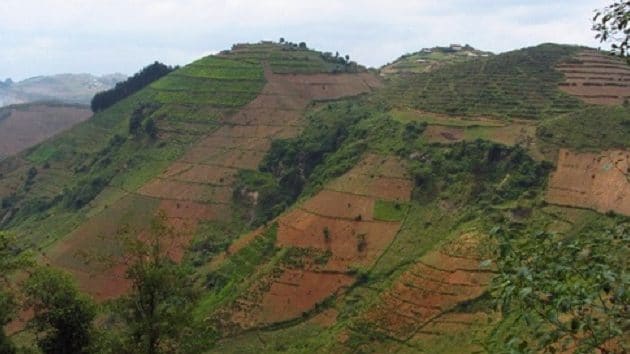Protected areas are often viewed as an effective way of conserving ecosystems and wildlife around the world, and are rapidly expanding. If global targets are achieved they will soon cover 1/5 of the land surface and 1/10 of the coasts and seas, influencing the lives of millions of people who live in and around them. The social costs of these areas can be high ranging from eviction to resource use restrictions, and can often impact the poorest people most reliant on natural resources for their livelihoods.
International policy commitments emphasise that protected areas should at the very least not exacerbate poverty and should be equitably managed with local people involved in decision-making. Many conservation organisations now focus their mission not only on biodiversity but poverty alleviation and the promotion of human well-being. But progress on creating positive social impacts through conservation has been limited, and the factors involved in success complex and unclear. Often simplified assumptions are made about the relationships between social and ecological outcomes of protected areas. For example, by focusing on material outcomes and compensation, other aspects of human well-being such as relationships and subjective experiences are ignored. Looking at only average impacts ignores that there may be winners and losers across different groups of people.
It is generally agreed that conservation policy and practice should be evidence-based, but attempts to collate current evidence on the social impacts of protected areas have focused on quantitative data. This can simplify what are often complex processes and dynamic relationships between fine-scaled historical, cultural and institutional processes, local understandings about justice and social impacts, and ecological effectiveness. Qualitative evidence can provide important insights into processes involved in social impacts, how relationships between social and environmental outcomes may vary with different contextual factors, and intra-household, age and gender differences in impacts. Evidence that considers these kinds of nuances, and uses concepts of well-being and justice is emerging from ESPA projects and beyond.
The IMPACTS (Issues and Myths in Protected Area Conservation: Trade-offs and Synergies) project aimed to enhance understandings of the social impacts of protected areas, and the ways they in turn influence ecological outcomes, in order to inform more socially and environmentally sustainable governance.
The project will convened an interdisciplinary expert Working Group who worked collaboratively to review and synthesise the current state of knowledge on the social and environmental outcomes of protected areas. It carried out a systematic and global review of a variety of different quantitative and qualitative evidence types including from the academic literature, non-academic reports, and ESPA projects, and used innovative narrative synthesis methods to analyse and present the results. The review identified circumstances under which positive relationships emerge between (poverty alleviation) and environmental (ecosystem services) outcomes of protected areas: what works, where, how and why?
PROJECT DIRECTORS
– Department of Anthropology, University College London
RESEARCH PARTNERS
– School of International Development (DEV), University of East Anglia
– University of Strathclyde
– University of Southampton
– Bangor University
































































